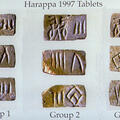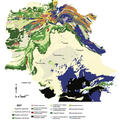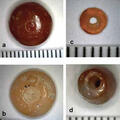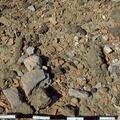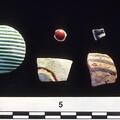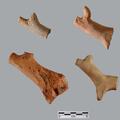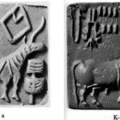The Indus Script and Economics. A Role for Indus Seals and Tablets in Rationing and Administration of Labor
An insightful article that focusses on the clues in a seal and set of sixteen tablets found together at Harappa in 1997 to proffer that they may have been economic tokens.

